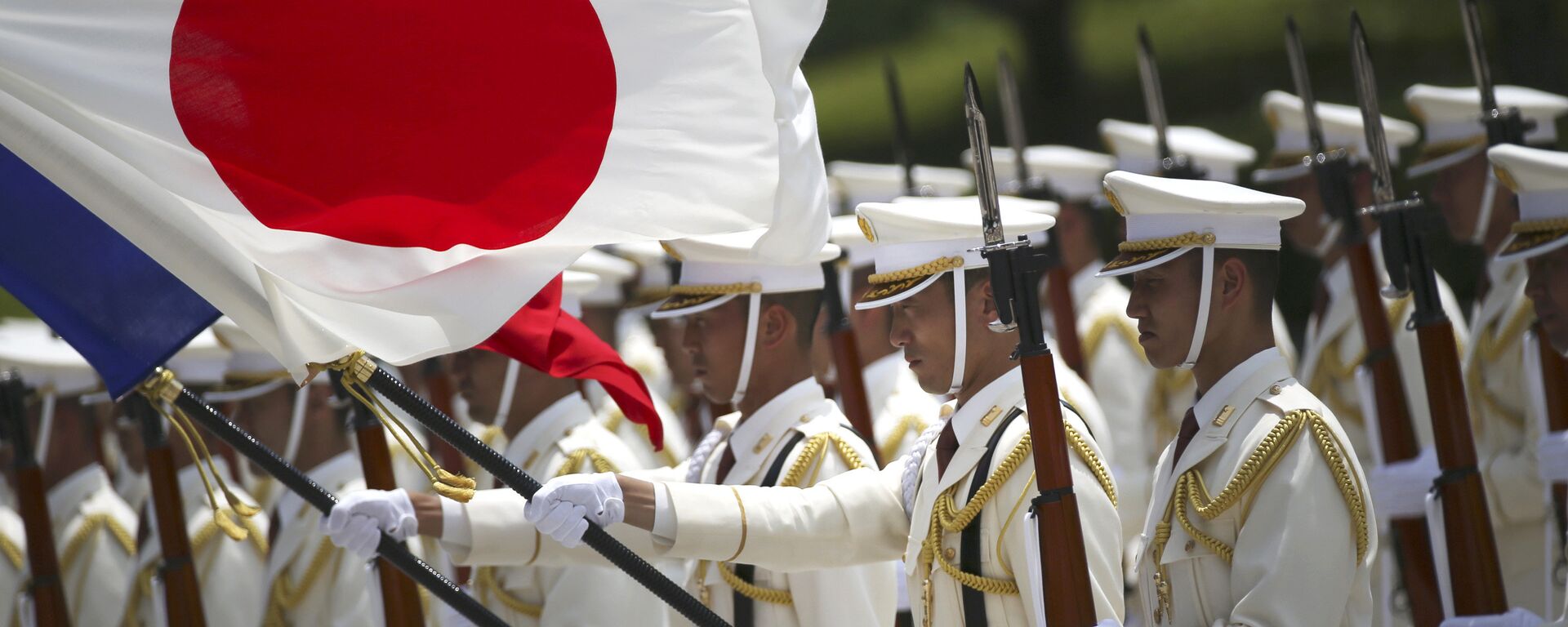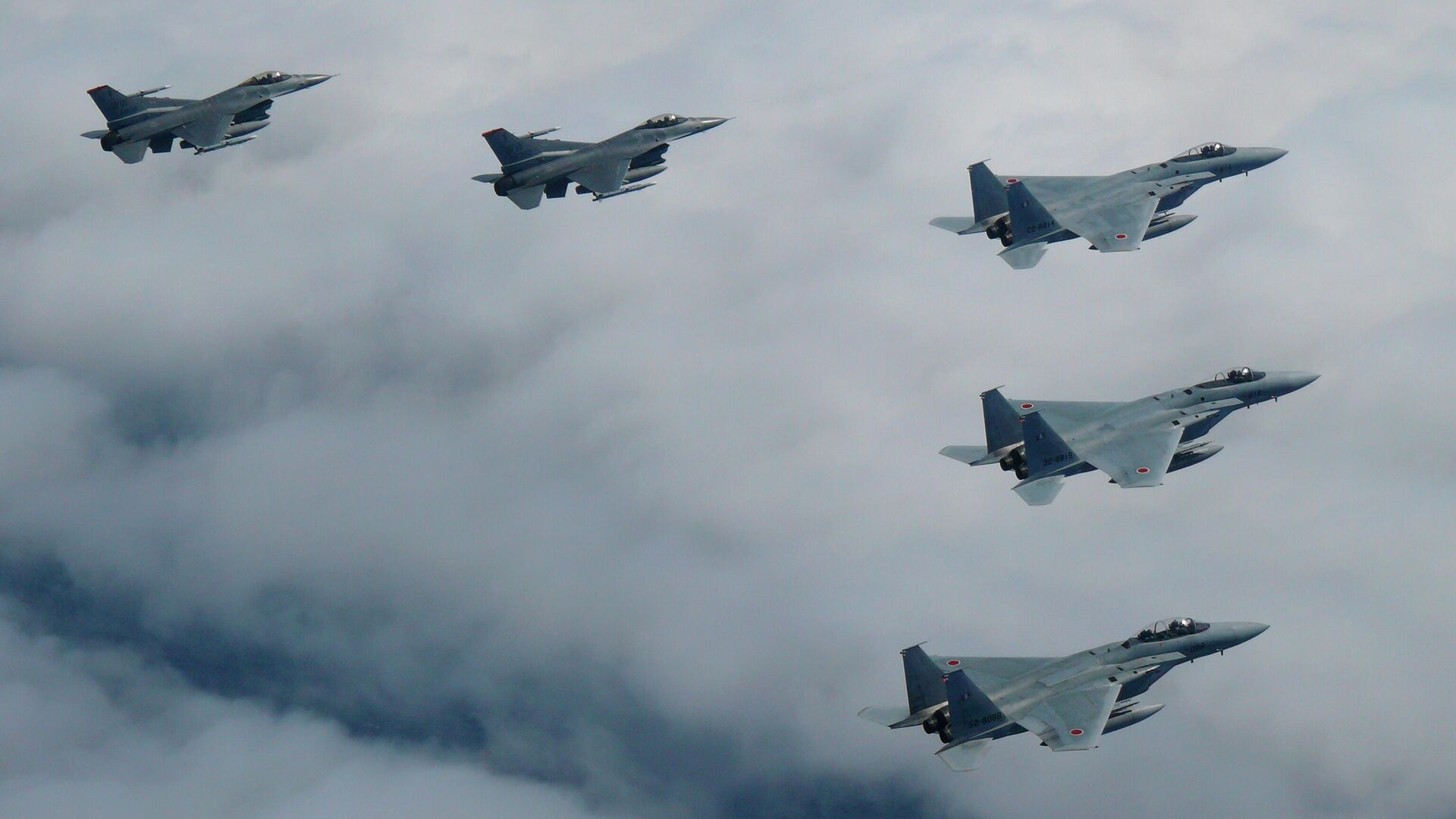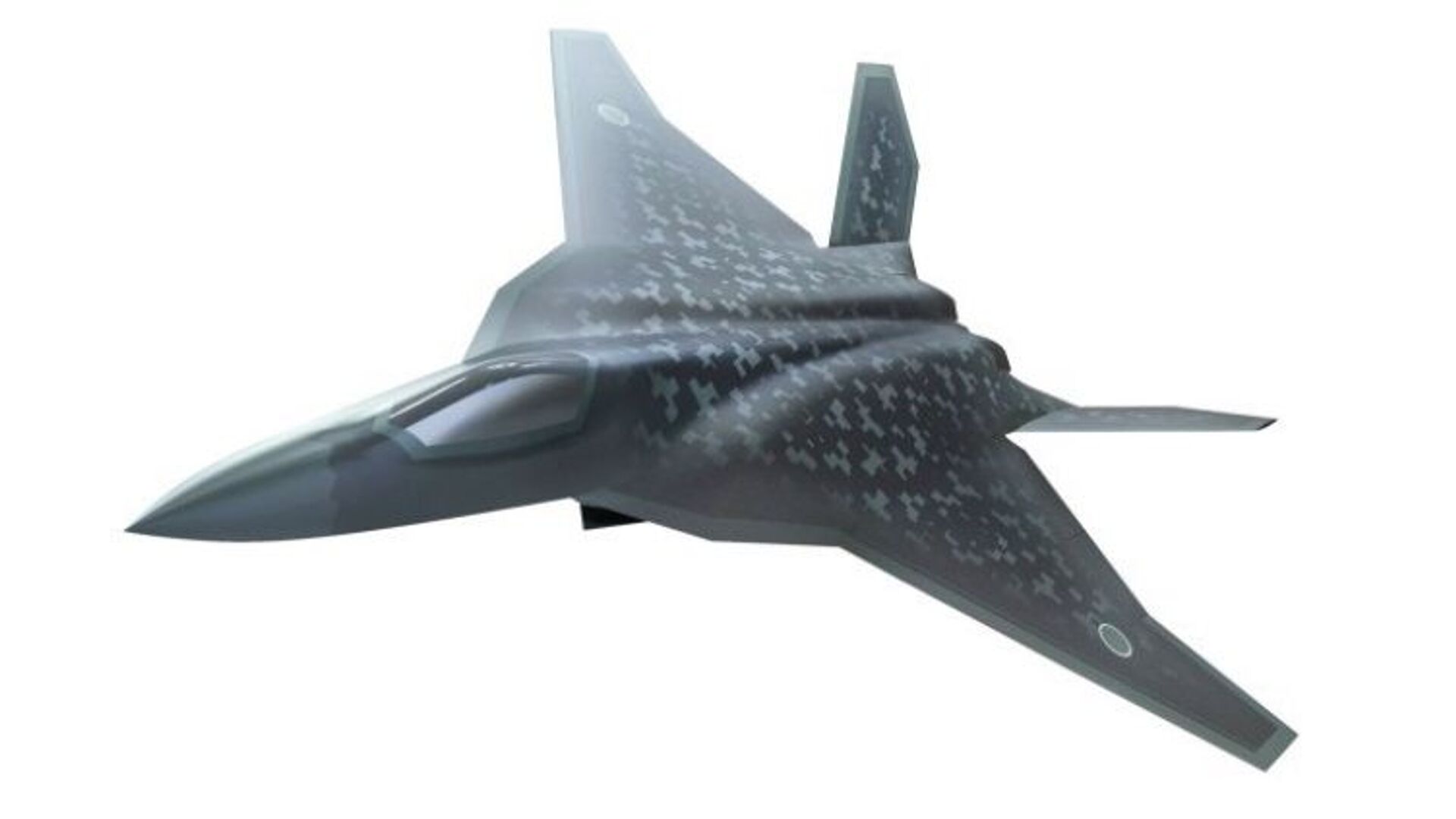https://sputnikglobe.com/20230319/turning-to-europe-japan-pushes-forward-with-joint-6th-gen-fighter-with-italy-and-uk-1108506556.html
Turning to Europe? Japan Pushes Forward With Joint 6th Gen Fighter With Italy and UK
Turning to Europe? Japan Pushes Forward With Joint 6th Gen Fighter With Italy and UK
Sputnik International
Recently Japan has changed its partners in their next-generation multirole fighter jet development programme.
2023-03-19T15:45+0000
2023-03-19T15:45+0000
2023-04-06T12:15+0000
6th generation fighter jet
japanese self defense force (jsdf)
mitsubishi electric
military
japan
https://cdn1.img.sputnikglobe.com/img/07e6/07/0e/1097297720_0:208:3072:1936_1920x0_80_0_0_512a03477acf5b3d6a989c562ce4a570.jpg
On Thursday, the defense ministers of Japan, Italy, and the UK held meetings in Tokyo on pushing forward with their joint Global Combat Air Program (GCAP). Japan plans to develop a sixth-generation fighter jet called the F-X to gain an advantage in the air over potential rivals.Three companies are working on such project in collaboration: Japan's Mitsubishi Heavy Industries and its subdivisions, Italy's Leonardo, and the UK’s BAE Systems are the key developers involved in the GCAP program.By 2035, they aim to have jointly acquired a concept and key technologies that will distinguish it from and surpass existing fifth-generation jets, such as the US' F-22 and F-35, as well as China's Chengdu J-20 and Russia's Sukhoi Su-57.The developers not only need to implement the latest high-end technology, but also determine what features would make the jet fundamentally different from other aircraft in service.So far, fifth-generation combat aircraft are generally the most advanced and capable. The first prototypes of fifth-generation fighter jets were first introduced in the 1990s, and since then, several countries have been developing and producing their own versions of the advanced fighter jets. The criteria for an aircraft to be called a fifth-generation fighter jet varies by country and program, as there is no set standard. Some common characteristics include: advanced radar-evading technologies to minimize radar cross-section, active phased array radar (APAR) on par with modern communication systems, the ability to reach supersonic cruise speed, and fuselage integrated weapons systems.Thursday's ministerial talks were a continuation of the Joint Leader’s Statement.The collaborating parties aim to develop an initial concept by 2024, with a preliminary design ready by 2025.The development comes as Japan has decided not to continue joint development of a new sixth-generation fighter jet with the United States. The project, which was originally planned as a joint venture between Lockheed Martin and Mitsubishi Heavy Industries, was meant to produce a new advanced fighter jet for the Japanese Air Self-Defense Force. However, Japan reportedly decided to cancel the project due to concerns over Lockheed Martin not wanting to share key secrets needed for development with the Japanese side. The decision was met with disappointment on the US side, as the joint project was seen as a key element of US-Japan defense cooperation.
https://sputnikglobe.com/20200220/photo-japans-ministry-of-defense-reveals-concept-for-next-gen-f-x-godzilla-fighter-1078363059.html
japan
Sputnik International
feedback@sputniknews.com
+74956456601
MIA „Rossiya Segodnya“
2023
Sputnik International
feedback@sputniknews.com
+74956456601
MIA „Rossiya Segodnya“
News
en_EN
Sputnik International
feedback@sputniknews.com
+74956456601
MIA „Rossiya Segodnya“
Sputnik International
feedback@sputniknews.com
+74956456601
MIA „Rossiya Segodnya“
6th generation fighter jet, japanese self defense force (jsdf), mitsubishi electric, japan
6th generation fighter jet, japanese self defense force (jsdf), mitsubishi electric, japan
Turning to Europe? Japan Pushes Forward With Joint 6th Gen Fighter With Italy and UK
15:45 GMT 19.03.2023 (Updated: 12:15 GMT 06.04.2023) Tokyo dropped its previous intention to cooperate with Lockheed Martin after the company was reluctant to share key tech secrets crucial for the new fighter jet.
On Thursday, the defense ministers of Japan, Italy, and the UK held meetings in Tokyo on pushing forward with their joint Global Combat Air Program (GCAP). Japan plans to develop a sixth-generation fighter jet called the F-X to gain an advantage in the air over potential rivals.
Three companies are working on such project in collaboration: Japan's Mitsubishi Heavy Industries and its subdivisions, Italy's Leonardo, and the UK’s BAE Systems are the key developers involved in the GCAP program.

20 February 2020, 21:26 GMT
By 2035, they aim to have jointly acquired a concept and key technologies that will distinguish it from and surpass existing fifth-generation jets, such as the US' F-22 and F-35, as well as China's Chengdu J-20 and Russia's Sukhoi Su-57.
The developers not only need to implement the latest high-end technology, but also determine what features would make the jet fundamentally different from other aircraft in service.
So far, fifth-generation combat aircraft are generally the most advanced and capable. The first prototypes of fifth-generation fighter jets were first introduced in the 1990s, and since then, several countries have been developing and producing their own versions of the advanced fighter jets. The criteria for an aircraft to be called a fifth-generation fighter jet varies by country and program, as there is no set standard. Some common characteristics include: advanced radar-evading technologies to minimize radar cross-section, active phased array radar (APAR) on par with modern communication systems, the ability to reach supersonic cruise speed, and fuselage integrated weapons systems.
Thursday's ministerial talks were a continuation of the
Joint Leader’s Statement.
"Through the GCAP, we will build on our longstanding defence relationships. The GCAP will accelerate our advanced military capability and technological advantage. It will deepen our defence co-operation, science and technology collaboration, integrated supply chains, and further strengthen our defence industrial base," the statement reads.
The collaborating parties aim to develop an initial concept by 2024, with a preliminary design ready by 2025.
The development comes as Japan has decided not to continue joint development of a new sixth-generation fighter jet with the United States. The project, which was originally planned as a joint venture between Lockheed Martin and Mitsubishi Heavy Industries, was meant to produce a new advanced fighter jet for the Japanese Air Self-Defense Force. However, Japan reportedly decided to cancel the project due to concerns over Lockheed Martin not wanting to share key secrets needed for development with the Japanese side. The decision was met with disappointment on the US side, as the joint project was seen as a key element of US-Japan defense cooperation.




